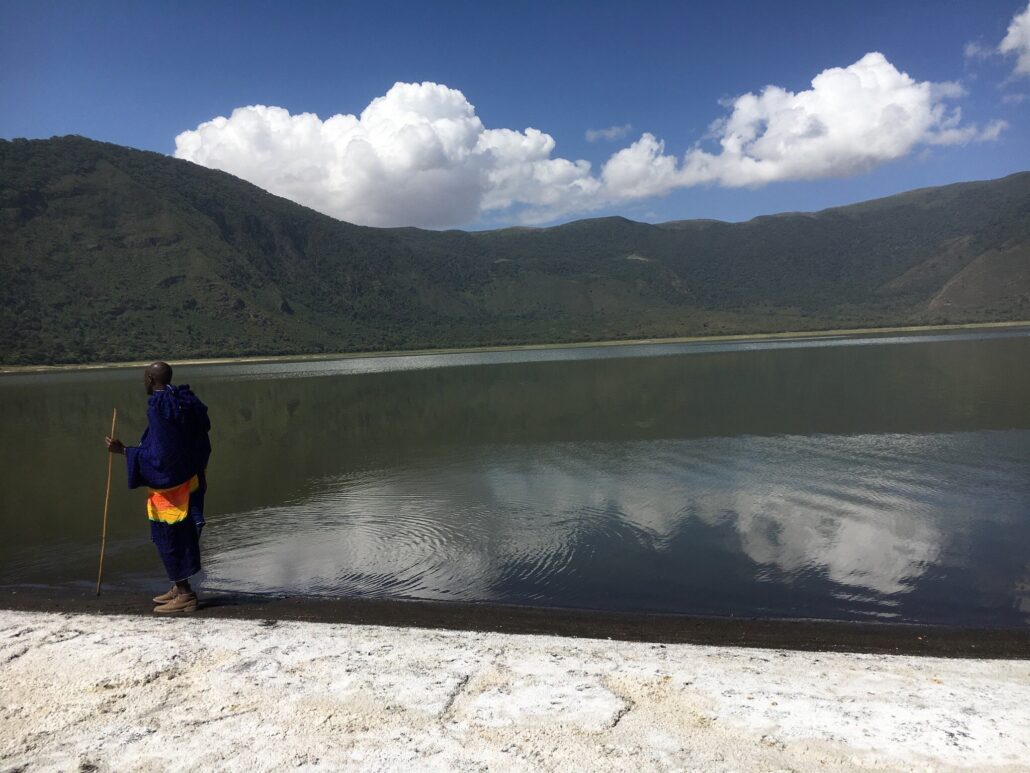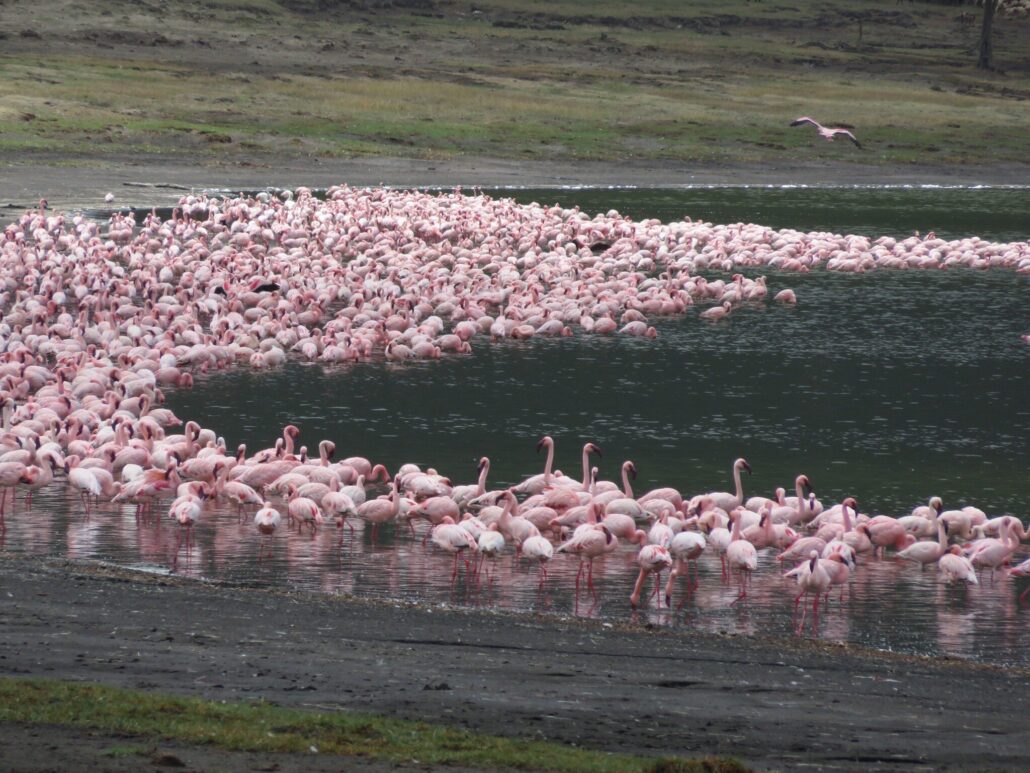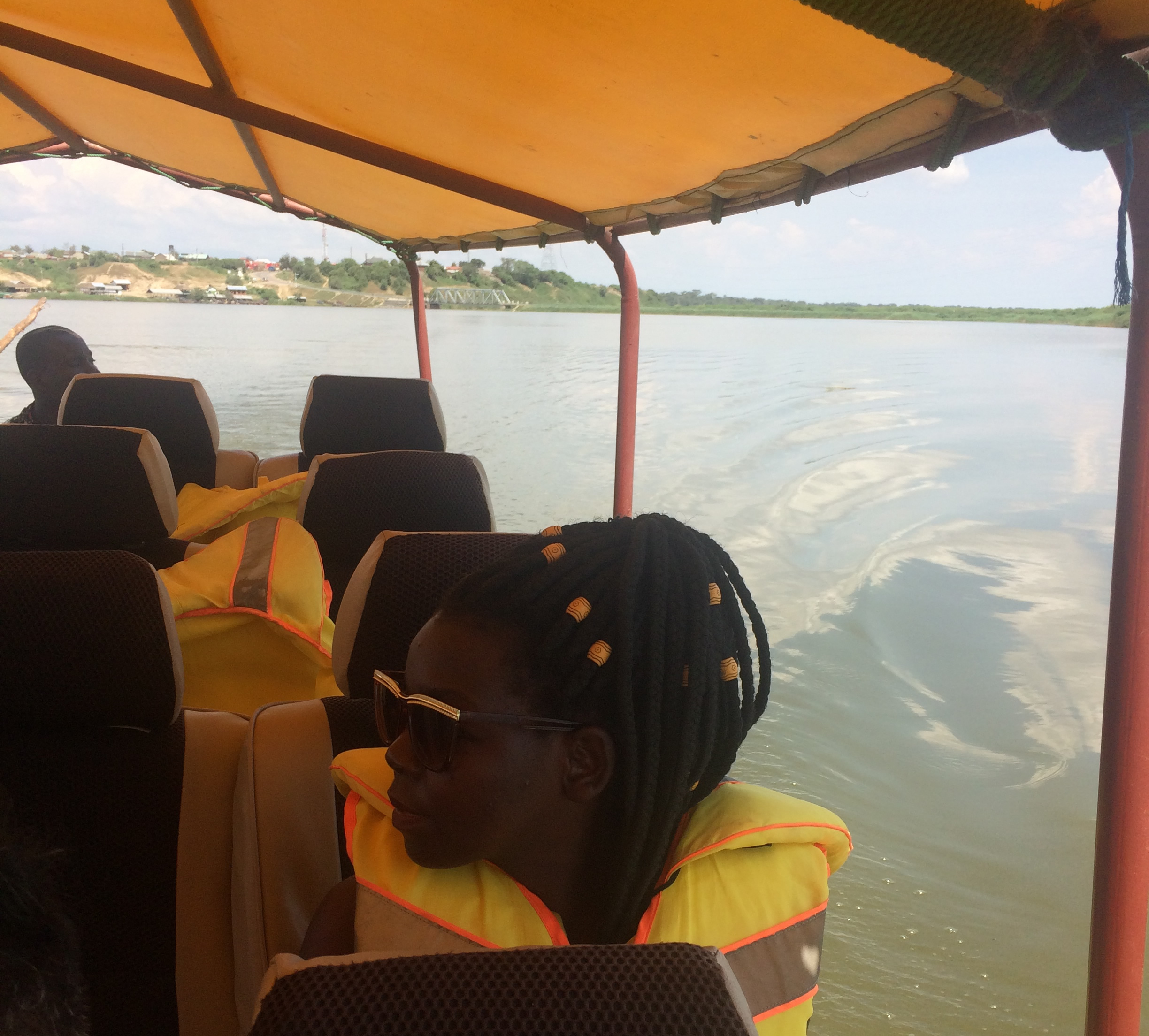The Empakaai Crater Ngorongoro
Empakaai Crater is a disintegrated volcanic caldera which spans 300 meters high and 6 kilometers wide situated Ngorongoro Conervation Area in Northern Tanzania. The Empakaai crater features a deep alkaline lake that occupies around 75% of the Crater’s bottom and is about 85 meters deep
Nestled within the Ngorongoro Conservation Area (NCA) in northern Tanzania, Empakaai Crater is a hidden gem often overshadowed by its more famous neighbor, the Ngorongoro Crater. However, Empakaai offers its own unique and stunning landscapes, abundant wildlife, and opportunities for adventure.

This detailed guide provides an overview of Empakaai Crater, covering its location, geological significance, how to get there, the best time to visit, main attractions, and activities to engage in.
Location Of The Empakaai Crater
Empakaai Crater is located in the northern part of the Ngorongoro Conservation Area, approximately 40 kilometers (25 miles) northeast of the Ngorongoro Crater. The crater lies at an elevation of about 3,200 meters (10,500 feet) and has a diameter of roughly 6 kilometers (3.7 miles). The nearest major town is Karatu, which is about 90 kilometers (56 miles) away.
Geological Significance
Empakaai Crater is a volcanic caldera formed by a series of eruptions approximately one million years ago. Unlike the Ngorongoro Crater, which is predominantly dry, Empakaai features a deep central lake that occupies much of the crater floor. The lake’s alkaline waters are fed by streams and springs, supporting a unique ecosystem that includes flamingos and other bird species.
How to Get To Empakaai Crater Ngorongoro
By Air
The nearest major airport is Kilimanjaro International Airport (JRO), located near Arusha. From the airport, you can take a domestic flight to Lake Manyara Airport or Seronera Airstrip in the Serengeti. From these airports, you can arrange for a transfer to the Ngorongoro Conservation Area.
By Road
Empakaai Crater is accessible by road from Arusha, which is about a 4-5 hour drive. The journey takes you through scenic landscapes and can be combined with visits to the Ngorongoro Crater and other attractions in the Ngorongoro Conservation Area. A 4×4 vehicle is recommended, especially during the rainy season when some roads may become challenging.
By Public Transport
Public buses and shuttles operate between Arusha and Karatu. From Karatu, you can hire a taxi or arrange for a transfer to the NCA. This option is more budget-friendly but less convenient than private transport.
Best Time to Visit Empakaai Crater
Dry Season (June to October)
The dry season is the best time to visit Empakaai Crater. The weather is generally dry and sunny, making it easier to hike and explore the area. Wildlife is more concentrated around the lake, providing excellent viewing opportunities.
Wet Season (November to May)
The wet season brings lush green landscapes and fewer tourists. This period is ideal for bird watching, as migratory birds are present. However, heavy rains in March and April can make some roads difficult to navigate, and the trails may become slippery.
Main Attractions
Empakaai Crater Lake
The centerpiece of Empakaai Crater is its stunning lake, which occupies much of the crater floor. The alkaline waters of the lake attract a variety of bird species, including flamingos, making it a prime spot for bird watching.
Highlights
- Flamingos: Large flocks of flamingos can often be seen feeding in the lake’s shallow waters.
- Bird Watching: In addition to flamingos, the lake attracts other bird species such as pelicans, storks, and various waterfowl.
Hiking Trails
Empakaai Crater offers several hiking trails that provide breathtaking views of the crater and its surroundings. The trails vary in difficulty and length, catering to different levels of fitness and experience.
Highlights
- Crater Rim Trail: This trail offers panoramic views of the crater and the surrounding highlands. It is relatively easy and suitable for most visitors.
- Descent to the Crater Floor: A more challenging hike that takes you down to the crater floor and the shores of the lake. The descent is steep, but the rewards are worth the effort, with close-up views of the lake and its birdlife.
Wildlife
While Empakaai Crater is not as densely populated with large mammals as the Ngorongoro Crater, it still offers opportunities to see a variety of wildlife. The surrounding forests and grasslands are home to buffalo, elephants, and various antelope species.
Highlights
- Buffalo and Elephants: These large mammals can often be seen grazing in the forests and grasslands around the crater.
- Antelope: Look out for different species of antelope, such as bushbucks and reedbucks.
Scenery
The scenery at Empakaai Crater is simply breathtaking. The combination of the deep blue lake, lush green forests, and steep crater walls creates a stunning natural panorama that is sure to leave a lasting impression.
Highlights
- Panoramic Views: The views from the crater rim are spectacular, offering sweeping vistas of the lake and the surrounding highlands.
- Sunrises and Sunsets: The lighting at dawn and dusk adds a magical quality to the landscape, making these times ideal for photography.
Best 5 Activities/Things to do In Empakaai Crater
Hiking and Trekking
Hiking is the main activity at Empakaai Crater. The trails offer varying levels of difficulty, catering to both casual walkers and more experienced trekkers. Guided hikes are available and recommended, as they provide valuable insights into the area’s geology, wildlife, and history.
Bird Watching
Bird watching is a popular activity at Empakaai Crater, thanks to the diverse bird life attracted to the lake. Bring binoculars and a bird guidebook to make the most of your bird-watching experience.
Wildlife Viewing
While hiking, keep an eye out for the wildlife that inhabits the area. Guided tours can enhance your experience by providing information about the animals and their behavior.
Photography
The stunning landscapes and abundant wildlife make Empakaai Crater a photographer’s paradise. The changing light throughout the day offers different perspectives and opportunities for capturing the beauty of the area.
Cultural Visits
Visits to nearby Maasai villages can be arranged, offering a chance to learn about the traditional lifestyle and culture of the Maasai people. These visits provide a deeper understanding of the region’s human heritage and the coexistence of the Maasai with the natural environment.
Accommodations In Ngorongoro Conservation
Luxury Lodges
- Ngorongoro Crater Lodge: Located on the rim of the Ngorongoro Crater, this luxurious lodge offers stunning views and top-notch amenities. It’s a bit further from Empakaai but provides a comfortable base for exploring the NCA.
- The Highlands Ngorongoro: A luxury camp located closer to Empakaai Crater, offering modern amenities and excellent service in a stunning setting.
Mid-Range Lodges and Camps
- Ngorongoro Sopa Lodge: Located on the eastern rim of the Ngorongoro Crater, this lodge offers comfortable accommodations and panoramic views.
- Rhino Lodge: A mid-range option located close to the crater rim, offering cozy rooms and a rustic atmosphere.
Budget Campsites
- Simba Campsite: A public campsite located on the crater rim, providing basic facilities and stunning views.
- Empakaai Campsite: A more remote campsite near Empakaai Crater, offering a closer connection to nature and a more adventurous experience.
Tips for a Great Experience
Plan Ahead
- Book Early: Especially during peak seasons, accommodations and guided tours can fill up quickly, so it’s advisable to book in advance.
- Hire Knowledgeable Guides: A good guide can significantly enhance your experience by providing detailed information and insights about the area.
Pack Essentials
- Comfortable Clothing: Wear light, breathable clothing and sturdy walking shoes, as you will be hiking on uneven terrain.
- Sun Protection: Bring a hat, sunglasses, and sunscreen to protect yourself from the strong sun.
- Water and Snacks: Carry enough water to stay hydrated, especially during the hotter months, and bring some snacks for the hikes.
- Camera: Don’t forget your camera to capture the stunning landscapes and wildlife.
Be Respectful
- Follow Guidelines: Adhere to all site regulations and respect the environment to ensure a safe and enjoyable experience for everyone.
- Cultural Sensitivity: When visiting Maasai villages, be respectful of their customs and traditions.


